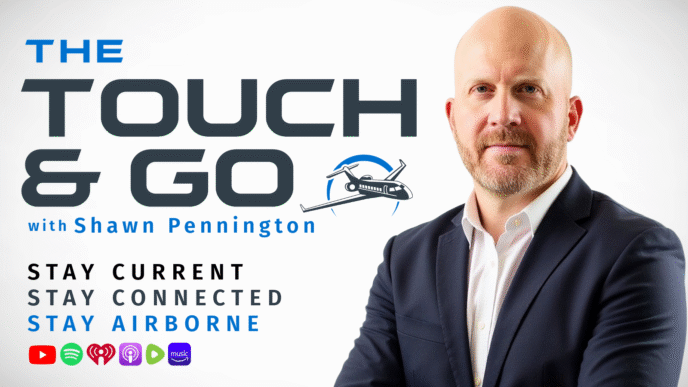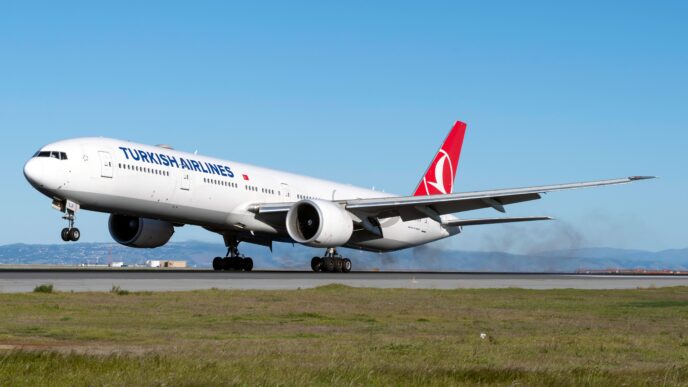The U.S. Department of Transportation’s Office of the Inspector General (OIG) has kicked off an audit to dig into the FAA’s recent move to shift Newark’s Approach Control duties from New York’s N90 Tracon center to Philadelphia. This change, which took place in July 2024, was aimed at tackling the “chronic understaffing” issue at N90, where the high cost of living in Long Island made it tough to keep air traffic controllers on board. However, the transition hasn’t been as smooth as hoped. Technical hiccups, especially with data transfer systems, have been a major headache. For instance, a copper wire failure on April 28 led to a 90-second communication blackout, and a similar incident occurred on May 9. These outages have been linked to outdated communication hardware. As part of a broader effort to modernize the National Airspace System, there’s a big push to replace these old copper-wire systems with fiber-optic cables.
The OIG’s audit will focus on evaluating how the FAA managed the relocation of Newark’s approach control operations. They’ll be looking into the FAA’s planning and risk assessment processes, as well as how the move has impacted flight delays, cancellations, and safety incidents. It’s crucial to ensure that such transitions don’t compromise safety or efficiency, especially in a busy airspace like Newark’s. The FAA’s decision to relocate was driven by the need to address staffing challenges, but it’s clear that technical upgrades are just as important to ensure seamless operations.
From my perspective, it’s fascinating to see how the aviation industry is grappling with both human resource and technological challenges. The FAA’s move to Philadelphia might have been a necessary step, but it highlights the importance of having robust infrastructure in place. As the audit unfolds, it will be interesting to see what recommendations come out of it and how they might shape future decisions in air traffic management.
#AviationNews #FAA #AirTrafficControl #TechnologyUpgrade #AviationSafety
Originally reported by AVweb Read More







